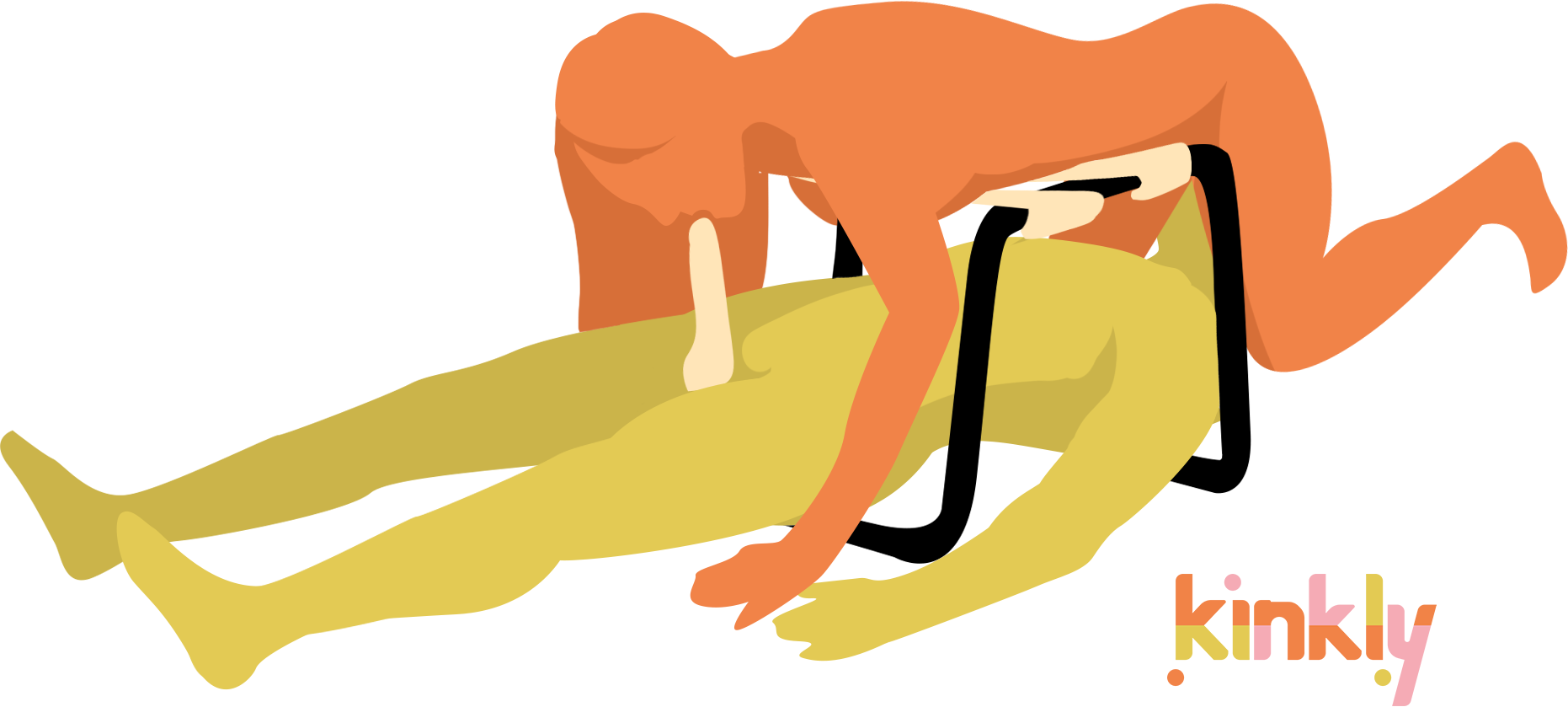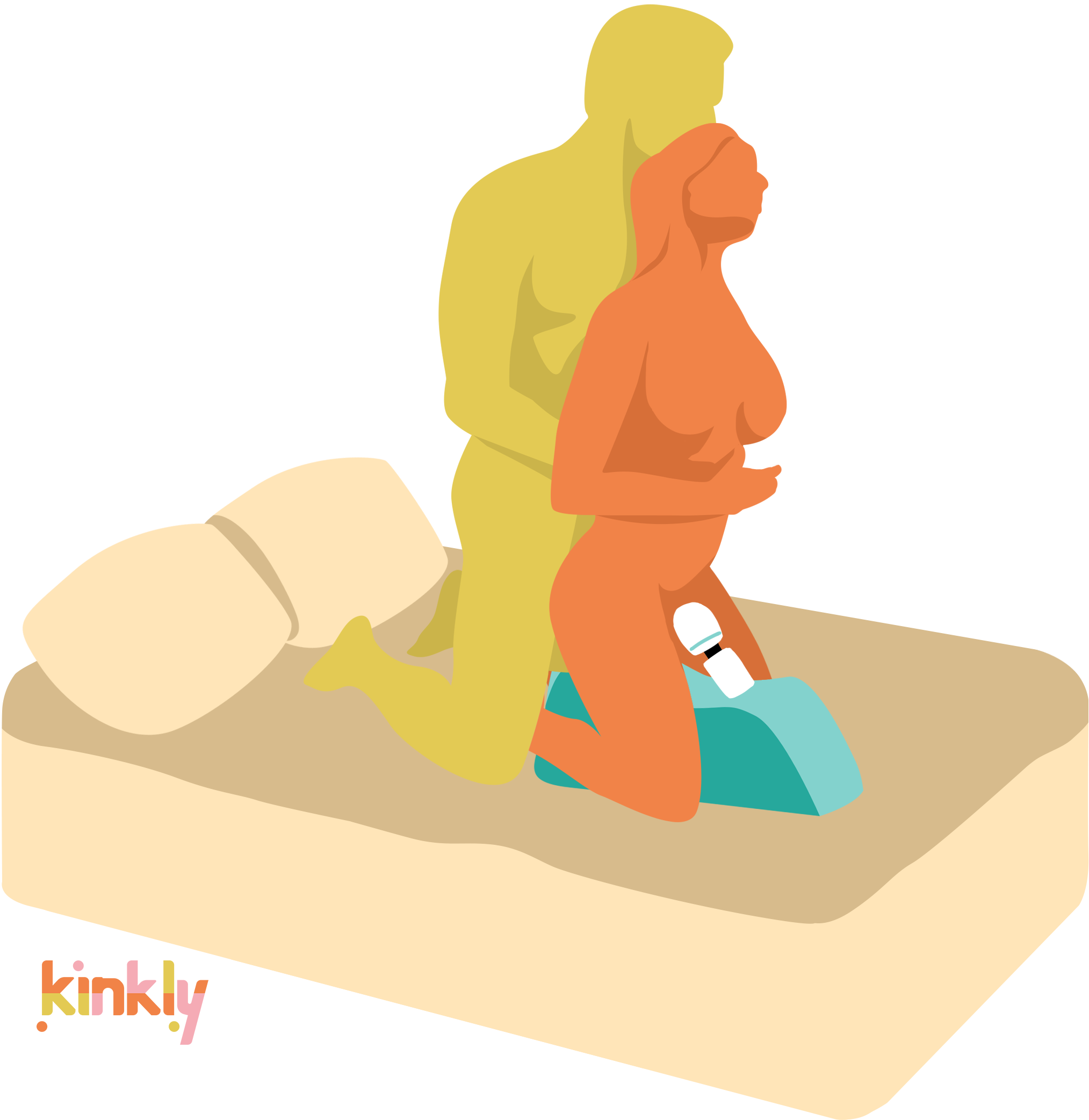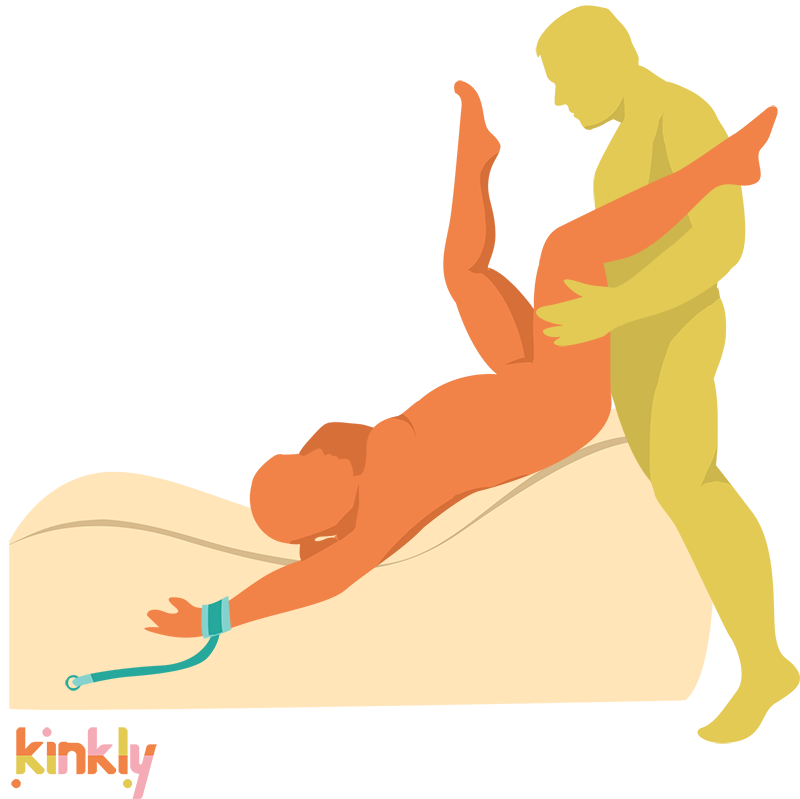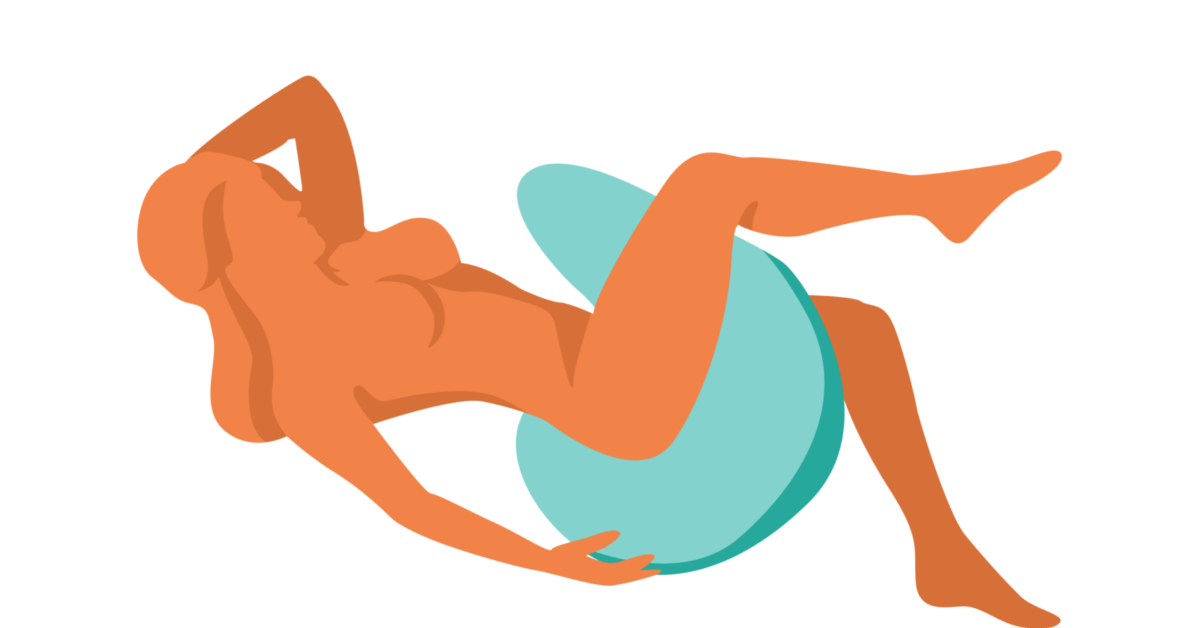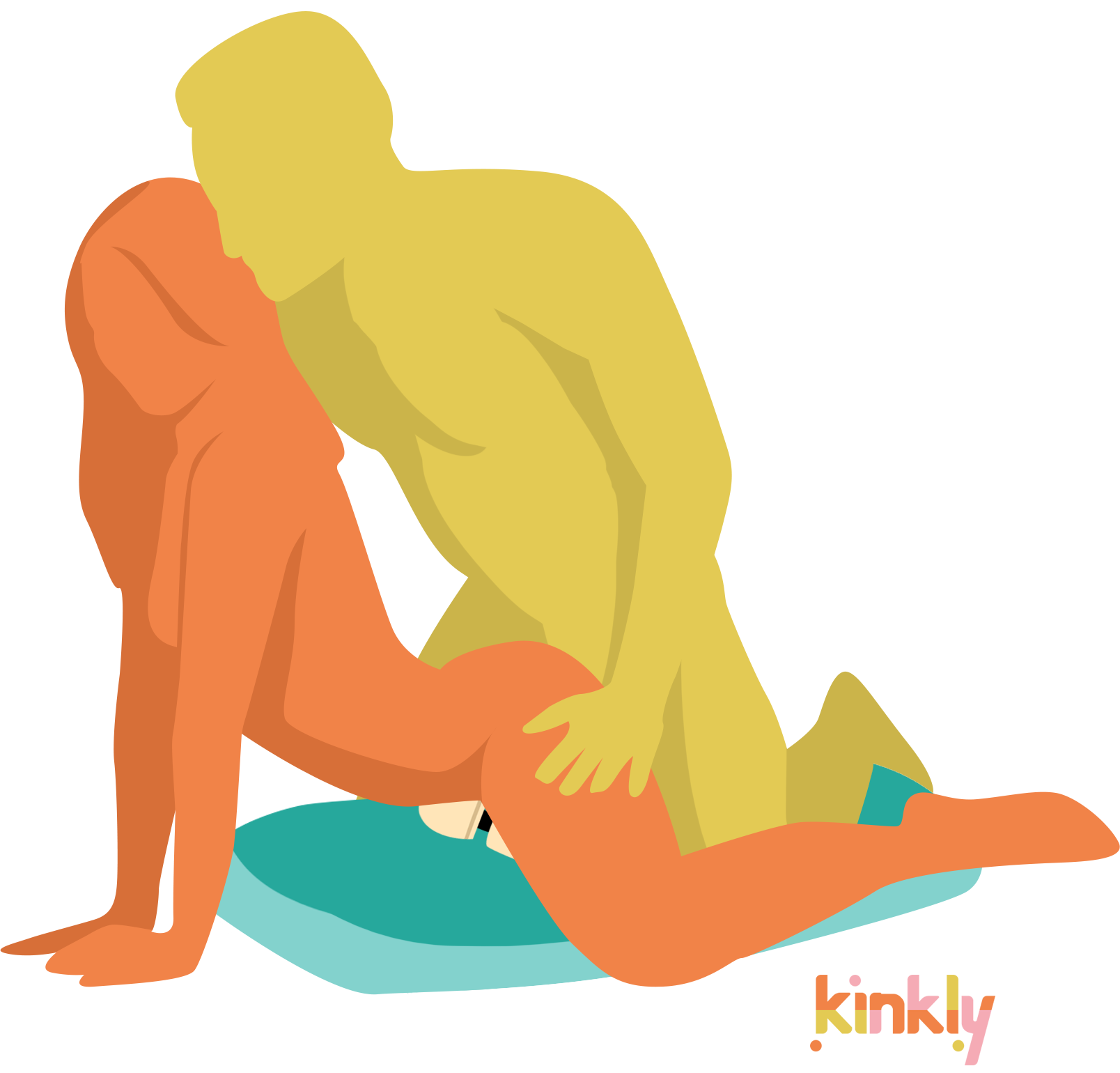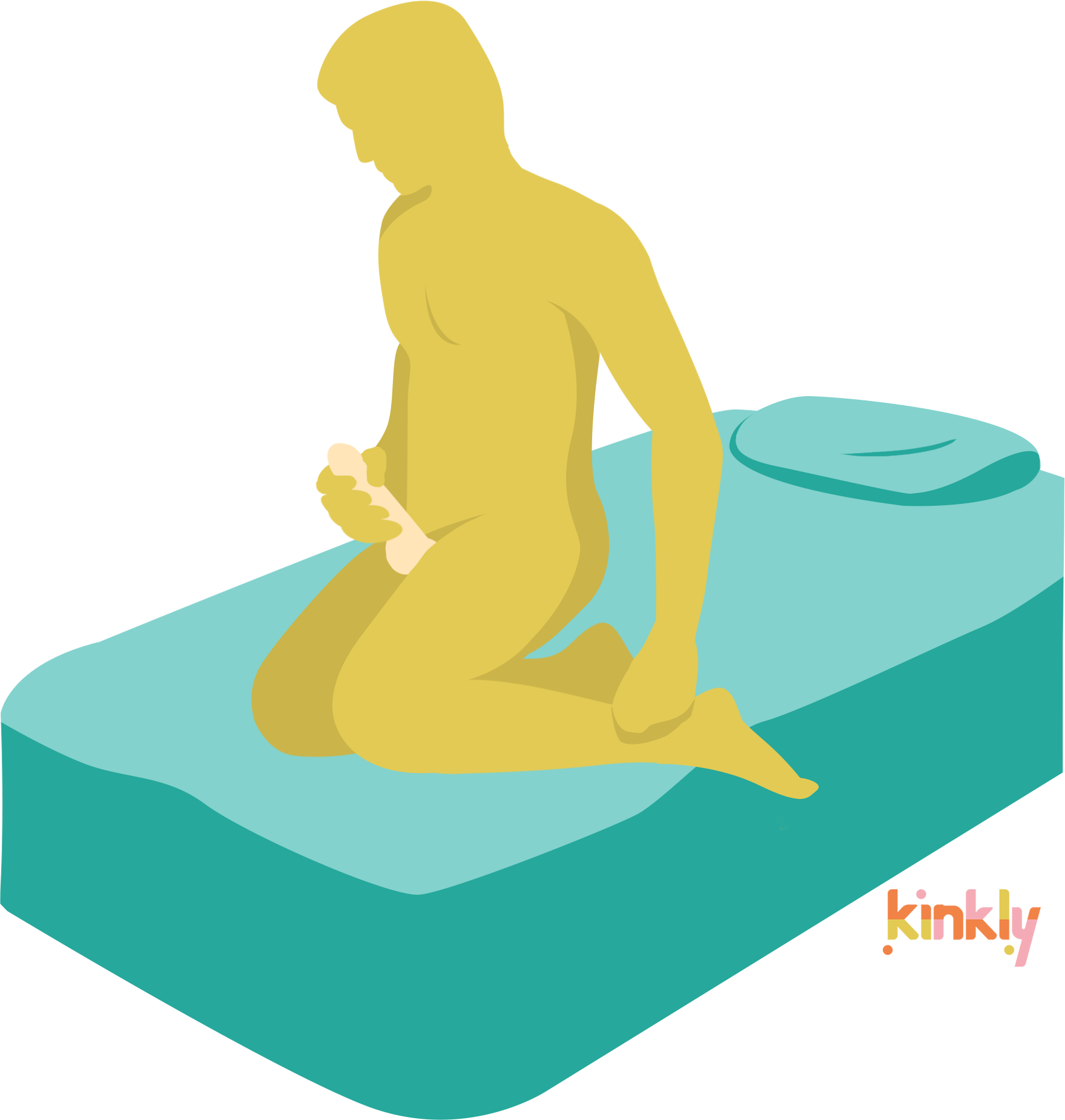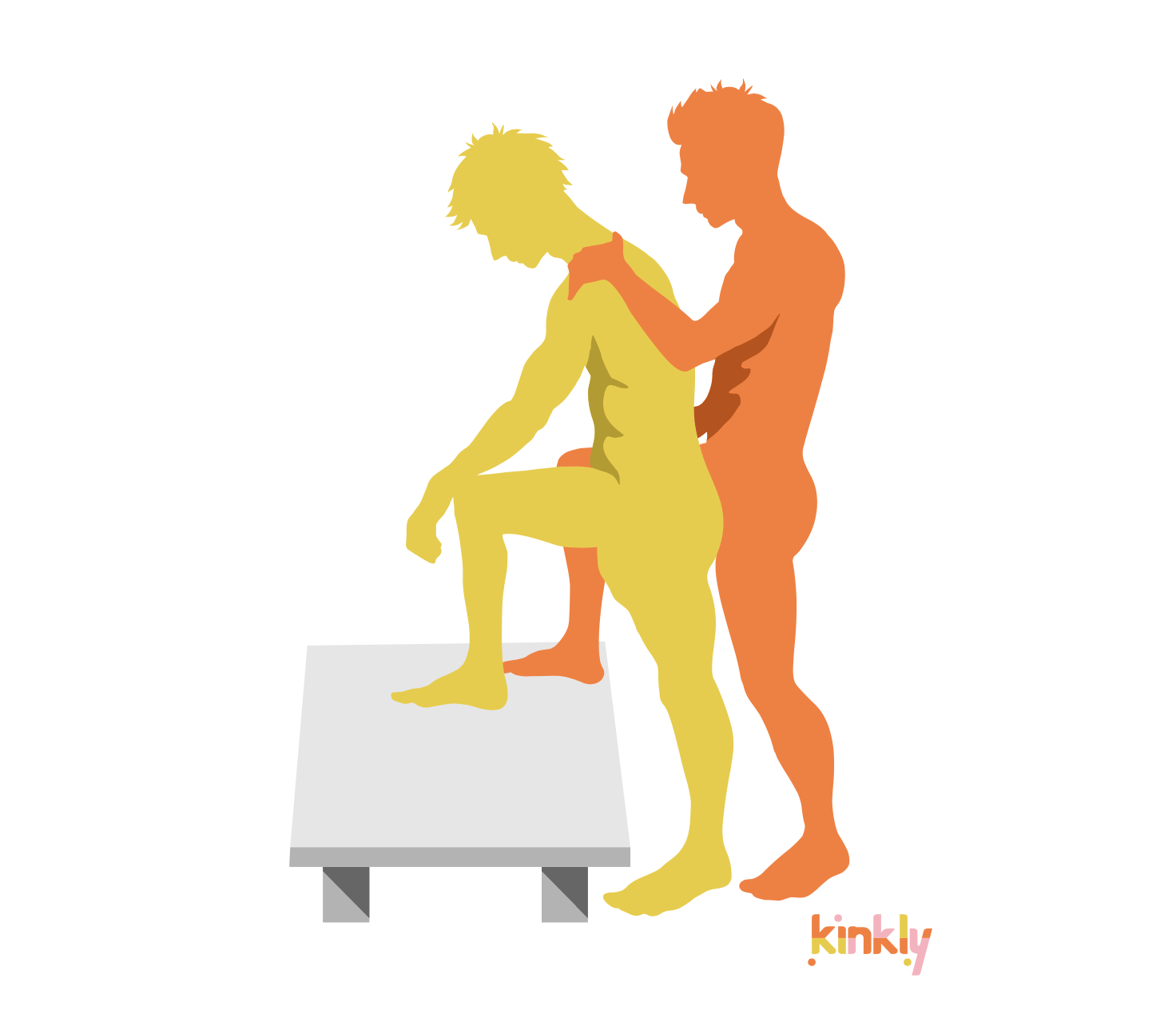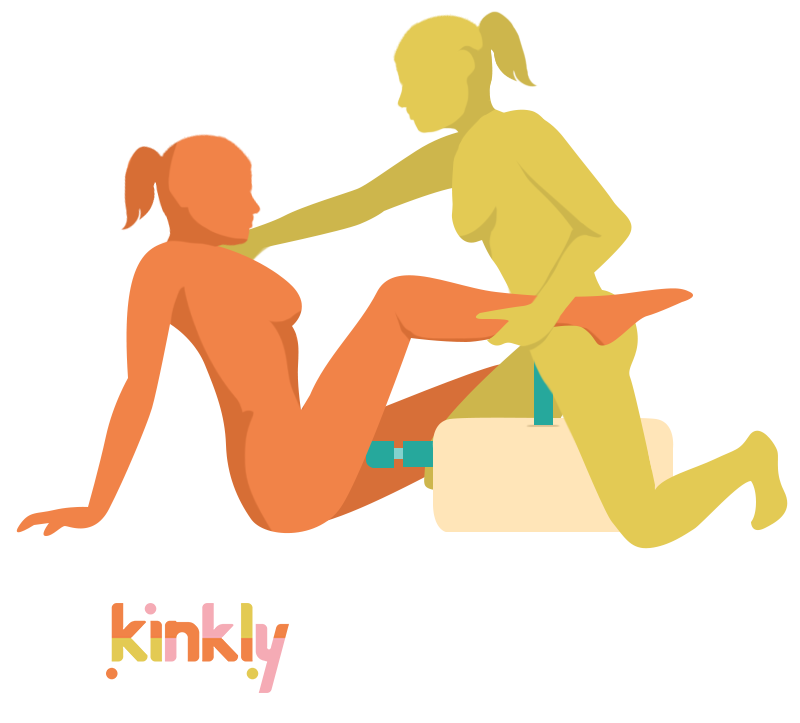Nude vs Prude is a term that often pops up in discussions about sexual attitudes, body positivity, and societal norms around nudity and modesty. While they sit on opposite ends of the spectrum, understanding these terms can help navigate conversations about personal comfort levels, societal expectations, and sexual expression.
Nude
Being nude refers to the state of not wearing any clothing. In some contexts, it can also mean engaging in activities that involve/require nudity, such as nude beaches, nudist colonies, or art modeling. Here are some key points about the term:
- Body Positivity and Acceptance: For many, being nude is associated with body positivity and self-acceptance. It involves embracing one's body as it is, free from societal judgments or standards.
- Natural State: Nudists or naturists advocate for the idea that being nude is the most natural state for humans and should be normalized in various settings. They believe it promotes freedom, equality, and a deeper connection with nature.
- Cultural and Social Contexts: The acceptance of nudity varies widely across different cultures and societies. In some cultures, nudity is commonplace and not sexualized, whereas in others, it is strictly regulated and often associated with sexual activity.
- Sexual and Non-Sexual Nudity: It's essential to differentiate between sexual and non-sexual nudity. Nudity in itself is not inherently sexual; it's the context and intent that can make it so. For instance, nudity in art or nature can be purely aesthetic or philosophical rather than erotic.
Prude
On the other hand, 'being a prude,' or acting 'prudish' is often describes someone who is very modest, especially regarding sexual matters. This term can carry negative connotations, implying an overly conservative or repressive attitude towards sexuality. Key aspects include:
- Modesty and Conservatism: Prudes prioritize modesty and may feel uncomfortable with discussions or displays of sexuality and nudity. They tend to adhere to conservative dress codes and behaviors that align with their values.
- Cultural Influence: Like nudity, prudishness is also culturally influenced. What is considered prudish in one culture might be viewed as standard or acceptable in another. Societal norms, religious beliefs, and personal upbringing play significant roles in shaping these attitudes.
- Sexual Repression: Sometimes, prudishness can stem from a place of sexual repression or fear. This might be due to strict moral codes, past experiences, or a lack of education and exposure to diverse viewpoints on sexuality.
- Respect and Boundaries: It's crucial to respect each individual's comfort levels and boundaries. Labeling someone as a prude can be dismissive of their personal beliefs and experiences. Open and respectful communication is vital in understanding and navigating different perspectives on modesty and sexuality.
Balancing Perspectives
Understanding the spectrum between nude and prude is about recognizing and respecting individual choices and societal influences. While some advocate for the liberation and normalization of nudity, others feel more comfortable with modesty and privacy. Neither perspective is inherently right or wrong; it's about personal comfort, consent, and respect for others' boundaries.
In any discussion or encounter involving nudity or modesty, it's essential to prioritize clear communication and mutual respect. Recognizing that everyone has different comfort levels and experiences can lead to a more inclusive and understanding environment, whether in personal relationships or broader societal contexts.

